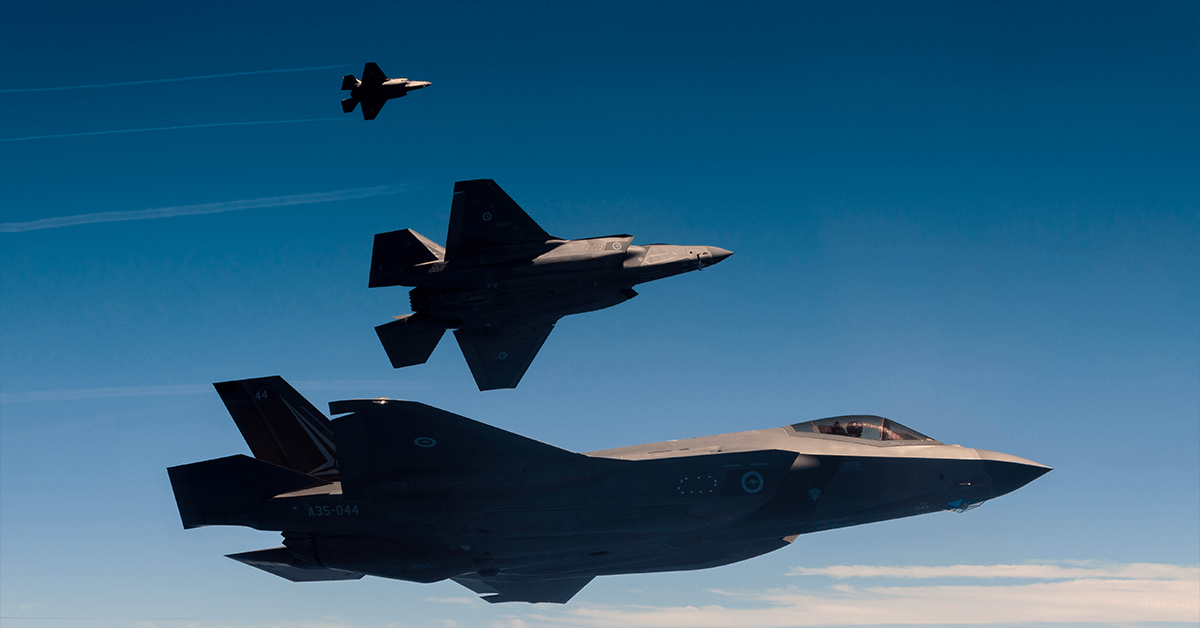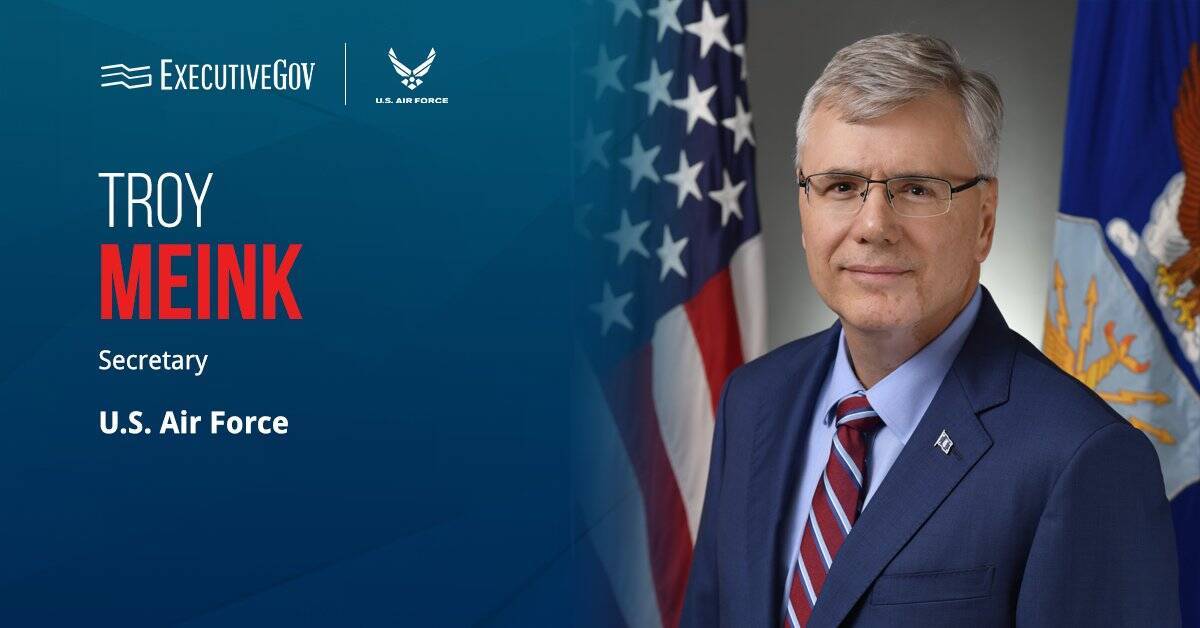NASA and partners AeroVironment and Aerostar have demonstrated an air traffic management system that could enable aircraft to operate in higher altitudes.
The agency said Friday that the team tested Upper-Class E traffic management, or ETM, by simulating airspace operations in a laboratory setting at its Ames Research Center in Silicon Valley.
Table of Contents
Operating at Upper-Class E Airspace
The demonstration, conducted in the Airspace Operations Laboratory at Ames, used data from multiple air vehicles to create a digital environment in which participants could study the relationship between AeroVironment’s slow fixed-wing vehicle and Aerostar’s high-altitude balloon.
Each aircraft was connected to the ETM traffic management system for high altitude and shared its real-time locations and flight plans with other aircraft. Using this technique, Aerostar and AeroVironment operators were able to coordinate and deconflict without needing approval from air traffic control. The elimination of this step allowed operators to achieve wireless communication relay during the experiment.
According to NASA, the simulation marks the first time that a traffic management system facilitated diverse high-altitude aircraft operations in the same simulated airspace.
Benefits of Unlocking Higher Altitudes
The Upper-Class ETM was developed in collaboration with the Federal Aviation Administration as well as commercial organizations. It is part of NASA’s National Airspace System Exploratory Concepts and Technologies, or NExCT, which aims to integrate and scale air traffic across Upper Class E airspace.
Today, altitudes of 60,000 feet and above are underutilized due to limitations in aircraft engine and propulsion systems, but recent advancements in aviation technology have made it possible for aircraft and airborne vehicles, such as airships and solar aircraft, to fly higher. Leveraging higher altitudes can provide benefits like improved disaster response and better internet coverage. It could also pave the way for advancements in supersonic air travel.





